A fine and large Renaissance copper-gilt monstrance.
French or German, dated 1578 to the base, along with the mark of the treasury for which it was made.
The reliquary compartment is an early conversion to a hexagonal form, replacing a cylindrical one.
Measures 58cm high.
A Monstrance (also known as an ostensorium), is a vessel in which the consecrated eucharistic host (the sacramental bread) is carried in processions and is displayed during certain devotional ceremonies. Both names, monstrance and ostensorium, are derived from Latin words (monstrare and ostendere) that mean “to show.” First used in France and Germany in the 14th century, when popular devotion to the Blessed Sacrament developed, monstrances were modeled after pyxes or reliquaries, sacred vessels for transporting the host or relics. The host is placed in a holder called a lunette, which fits into an opening behind the glass.



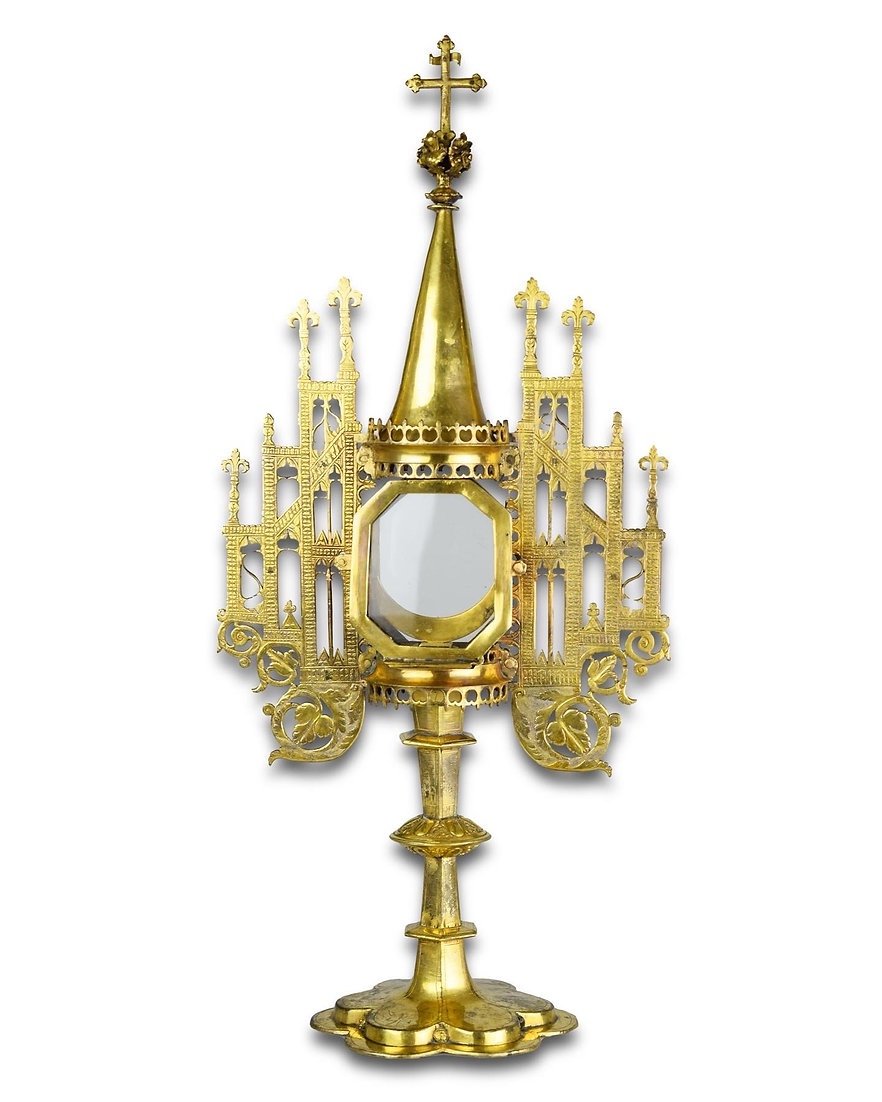


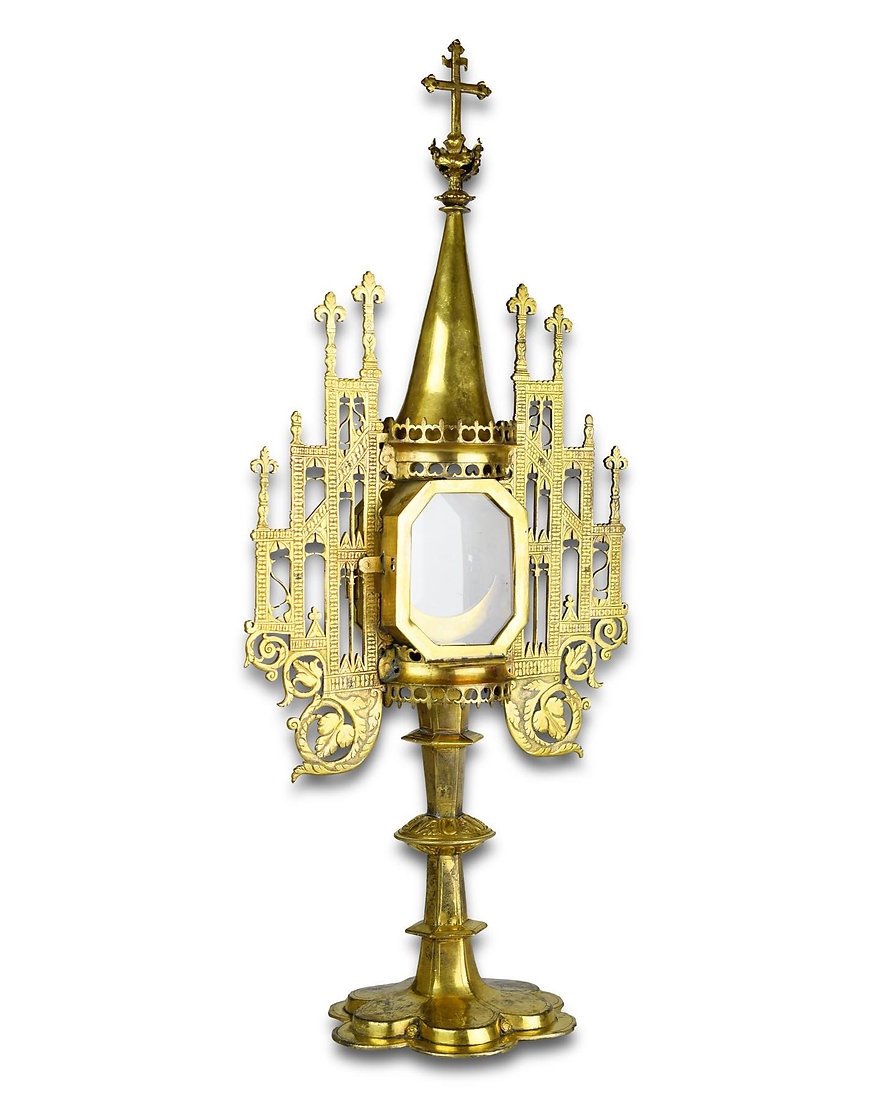
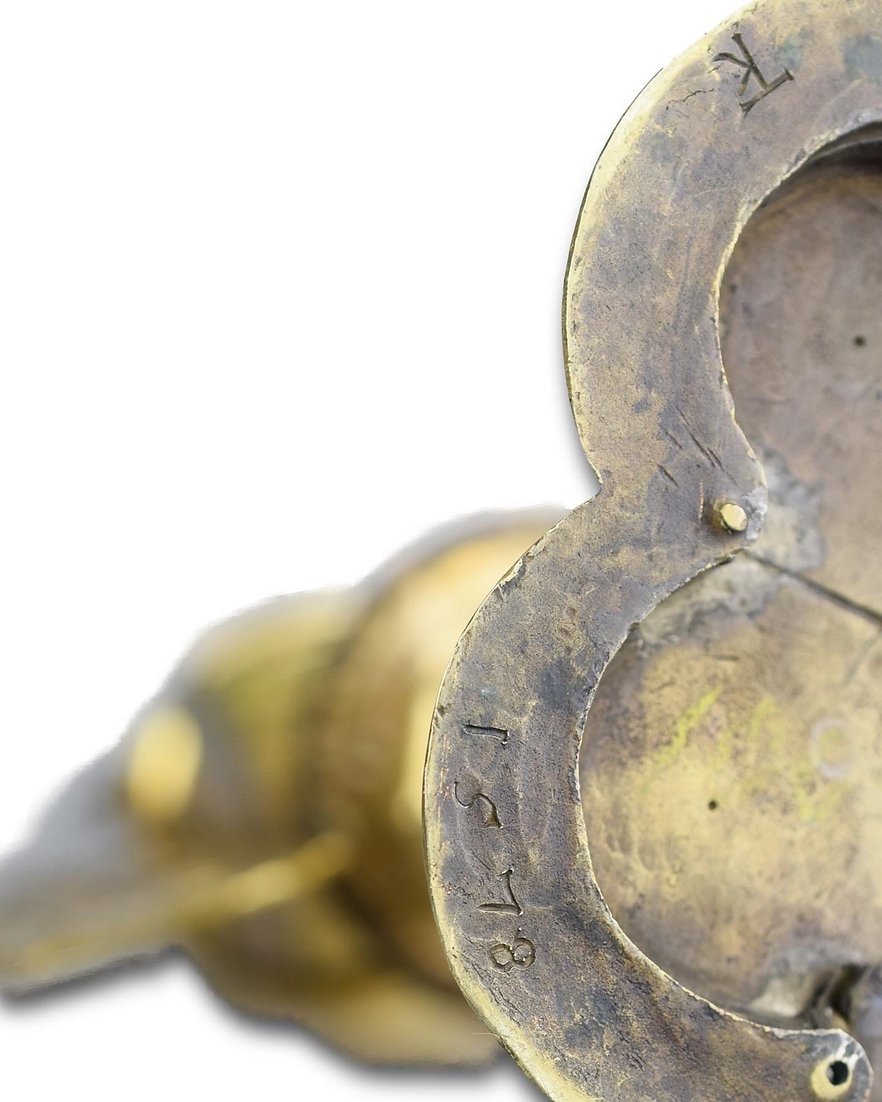
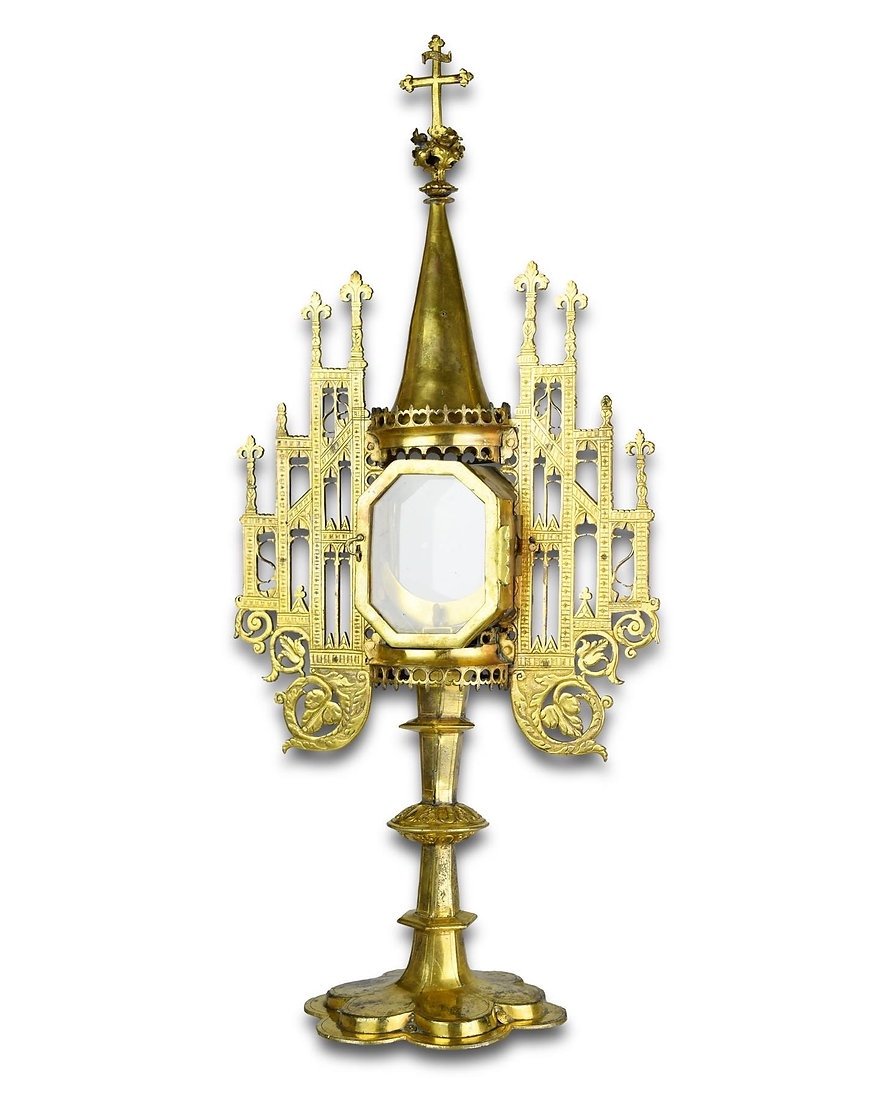
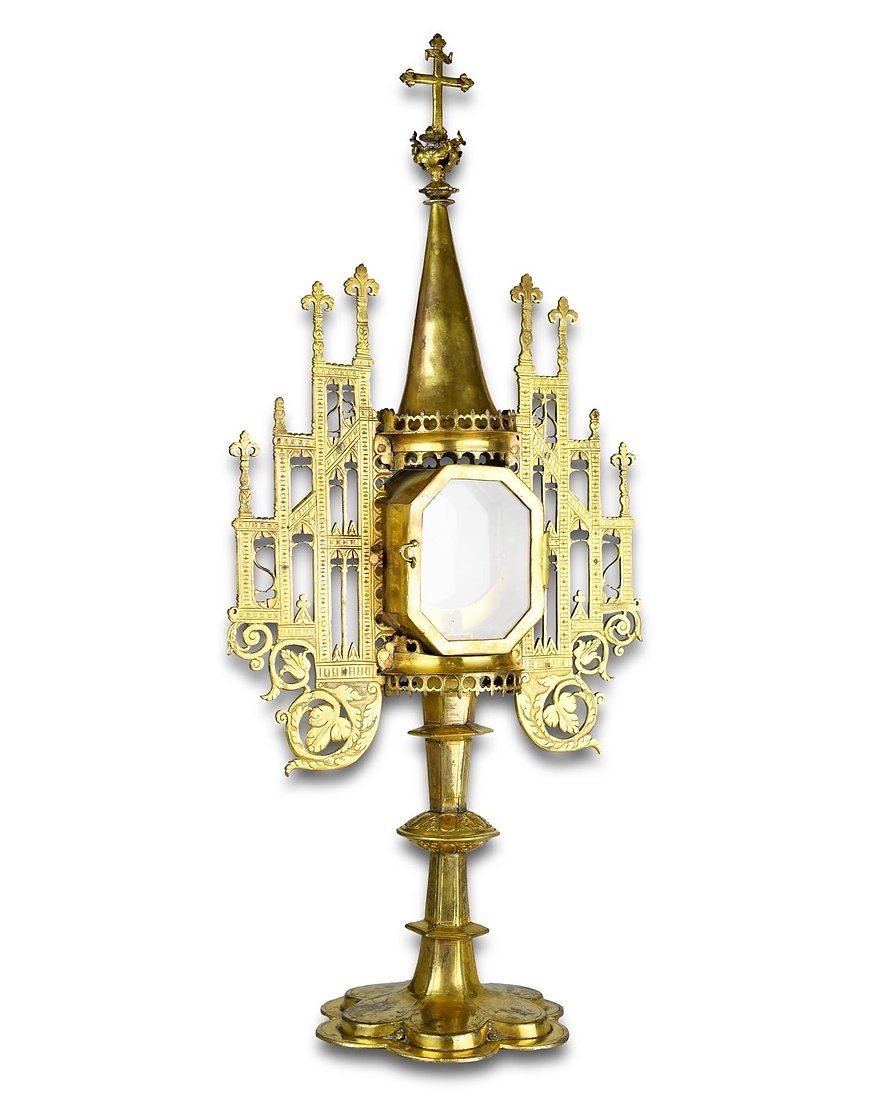
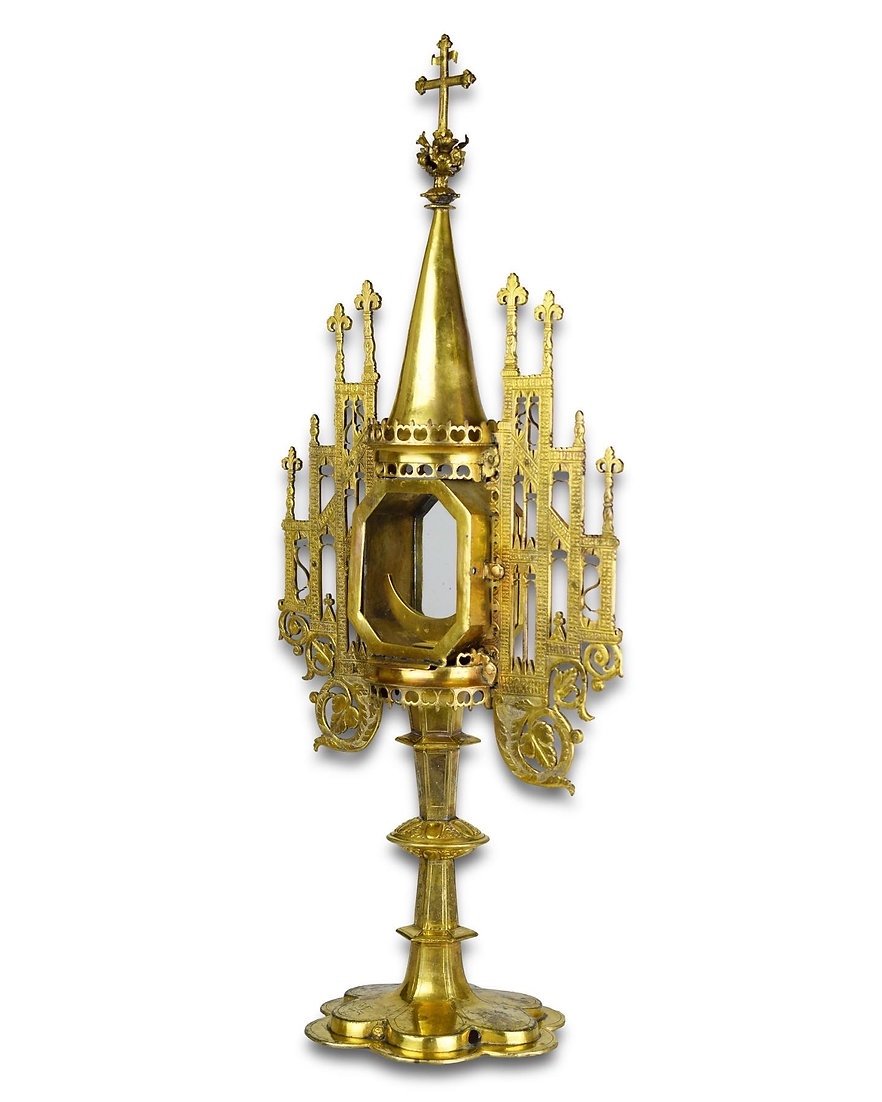
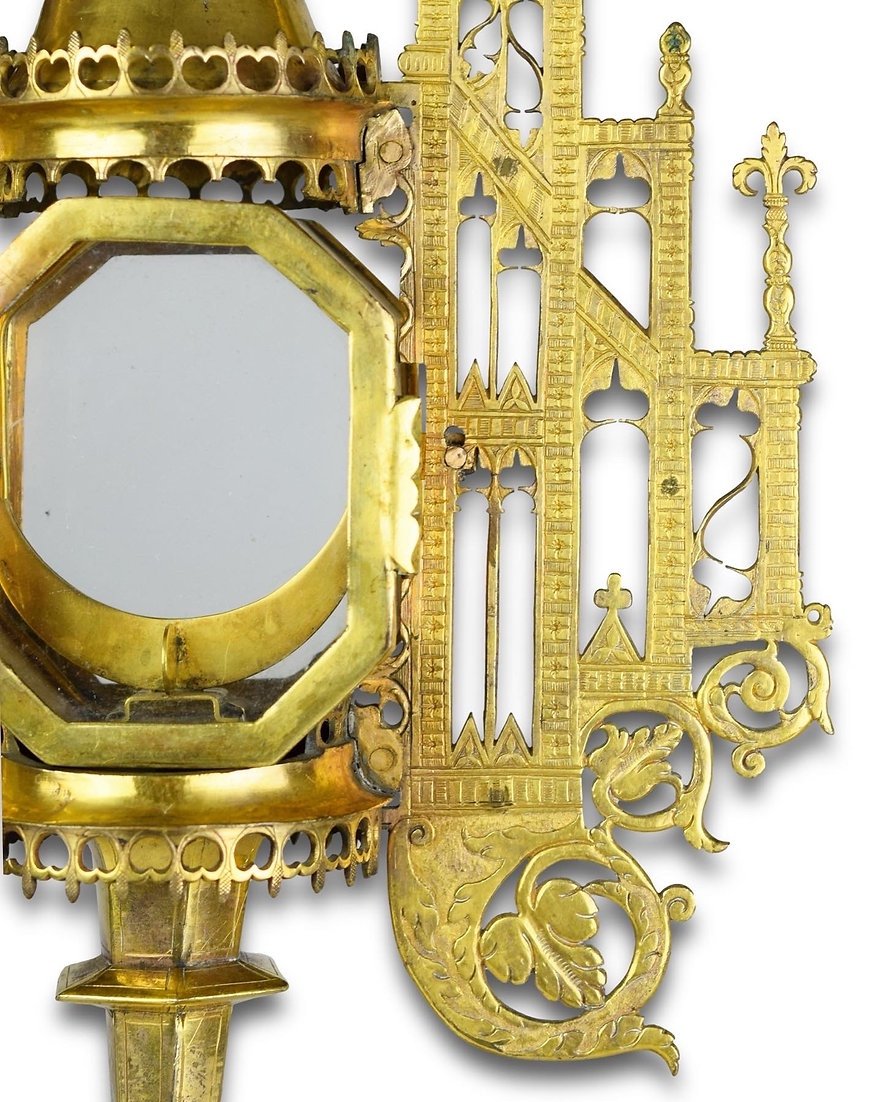

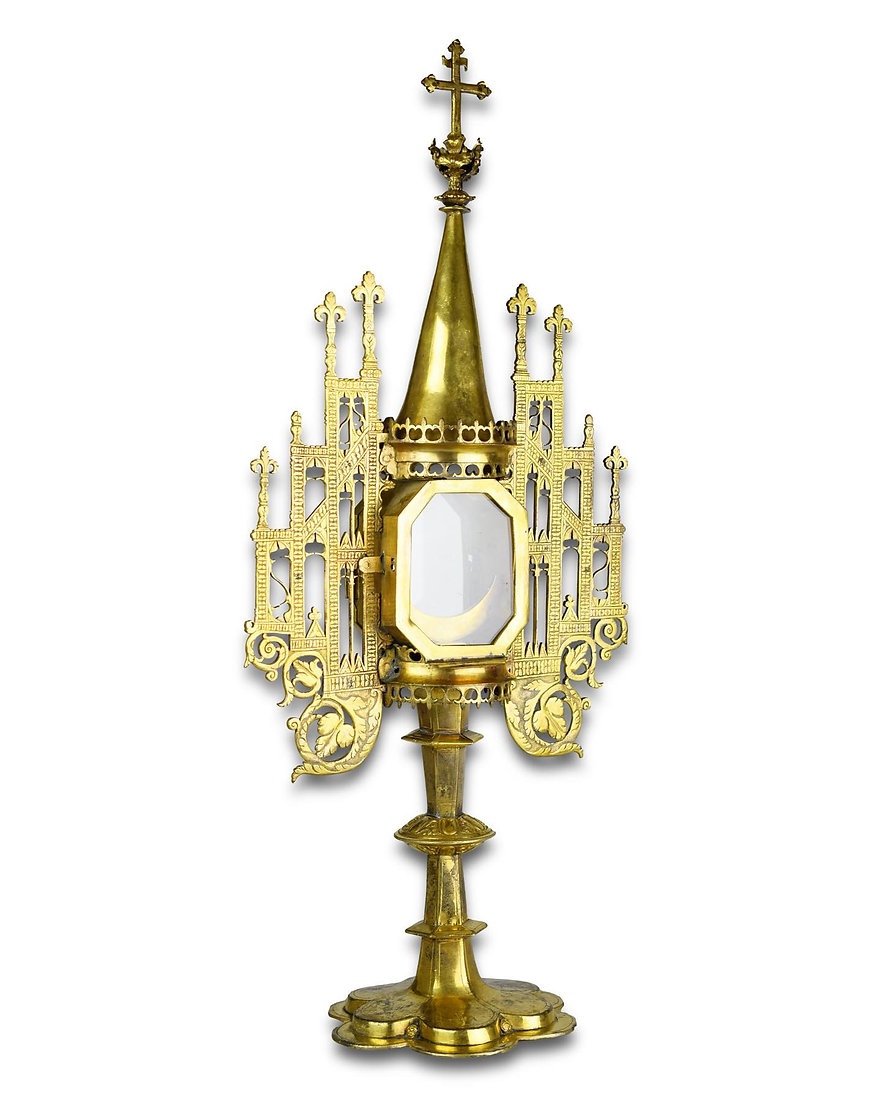
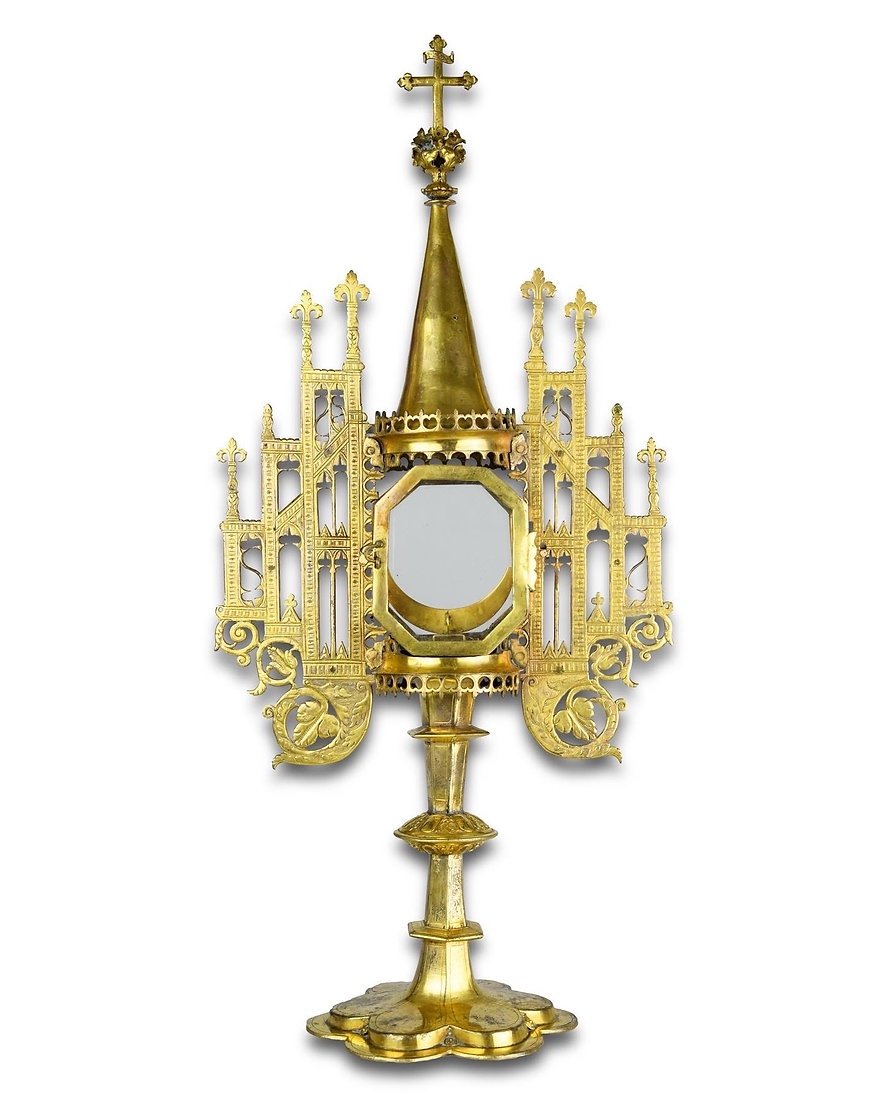
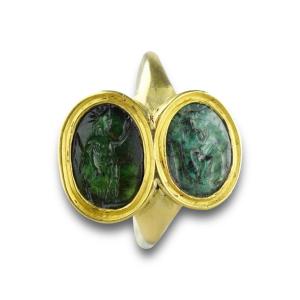



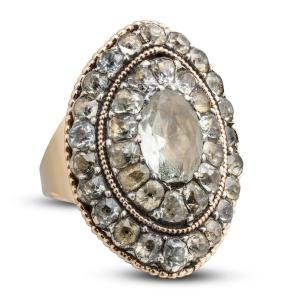

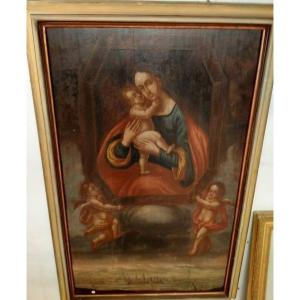
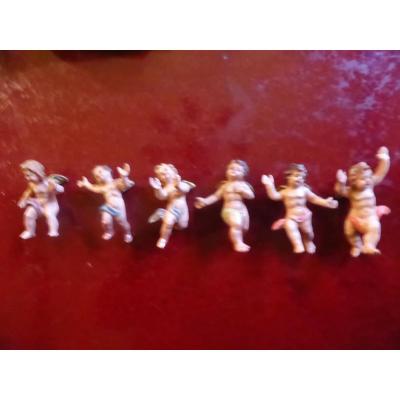
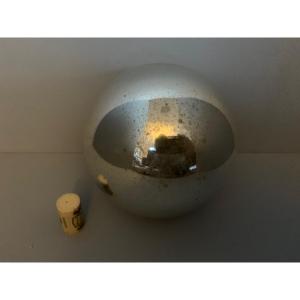

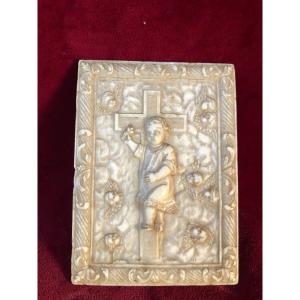
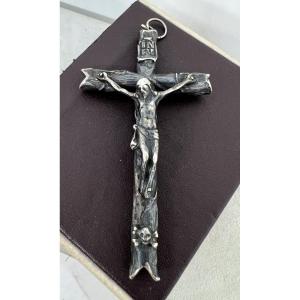



 Le Magazine de PROANTIC
Le Magazine de PROANTIC TRÉSORS Magazine
TRÉSORS Magazine Rivista Artiquariato
Rivista Artiquariato
